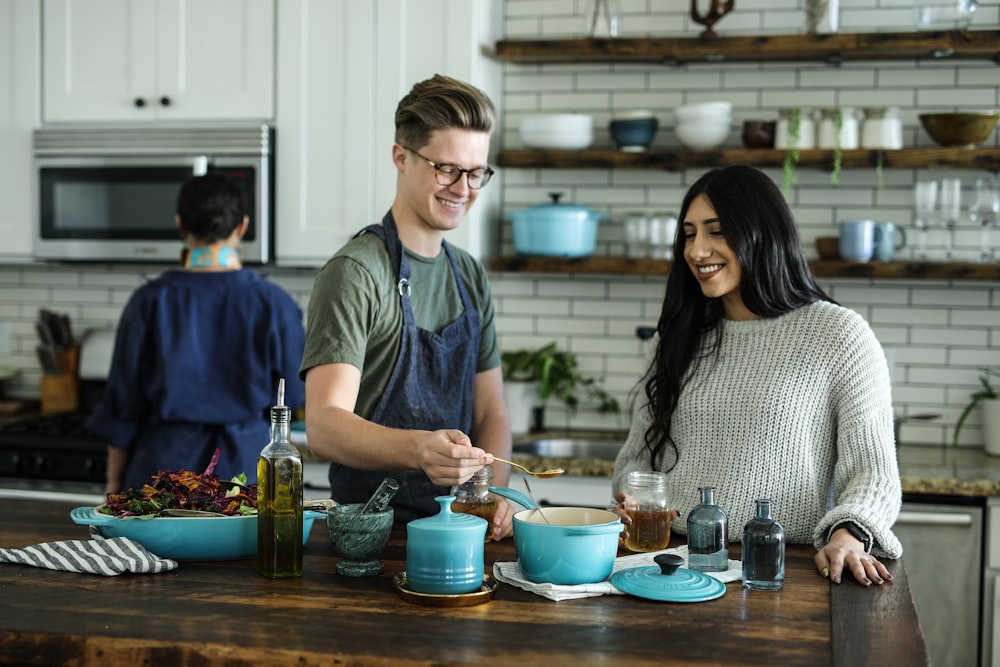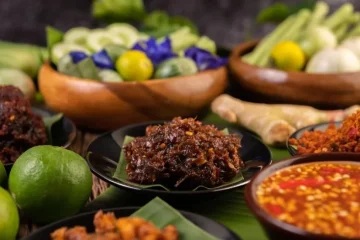Cooking chicken is a bit like painting a canvas. You start with the basics — a simple piece of meat, just as an artist begins with a blank canvas. But it’s what you do next, the techniques, the flavors, and the care you put in that transform that basic ingredient into a masterpiece of a meal.
Whether you’re a seasoned chef or just starting out in the kitchen, cooking chicken is an adventure full of flavor and variety. Chicken is incredibly adaptable—it can soak up any seasoning or marinade you throw at it, turning into something delicious every time.
You can grill it for a summer barbecue, roast it for a cozy dinner, stir-fry it with your favorite veggies, or simmer it in a soup. Each cooking method brings out a different side of chicken, making it a go-to ingredient for any meal. No matter how you cook it, chicken is always a crowd-pleaser, offering something tasty for everyone’s plate.
In this guide, we’ll explore a few key tips to elevate your chicken dishes. From the slow, comforting process of crockpot cooking to the fiery, fast-paced world of stir-frying, each method offers a unique pathway to deliciousness.
Elevate Your Crockpot Chicken with a Zesty Twist
Cooking chicken in a crockpot offers a hassle-free way to achieve tender and juicy results. But let’s not settle for the ordinary when we can elevate it! Introducing crockpot orange chicken, where citrus meets savory in a dance of flavors. Start by seasoning your chicken with salt, pepper, and a hint of garlic powder. Place it in the crockpot and pour a mixture of orange juice, zest, soy sauce, and a touch of honey over it. This isn’t just cooking; it’s infusing every fiber of the chicken with a zesty, sweet, and savory profile. Set your crockpot on low and let the magic happen over several hours. The result? A dish that’s bursting with flavor and so tender it practically melts in your mouth.
Mastering the Art of Marination
Marination is like a prelude to the culinary symphony that is your meal. It’s where flavors begin their journey, seeping into the chicken, promising a meal that’s anything but bland. Whether you’re eyeing a spicy kick or a herbaceous melody, the right marinade can transport your chicken to flavor town. Think of ingredients like yogurt to tenderize, lemon for zest, or soy sauce for umami. And time matters – a quick 30-minute soak for thin cuts or up to overnight for deeper infusion.
The Right Way to Brine
Brining is your secret weapon for juiciness. This simple solution of water, salt, and a bit of sugar, when mixed right, can elevate your chicken from good to unforgettable. Submerge your chicken in the brine and let the osmosis work its magic. The salt modifies the chicken’s proteins, allowing it to retain more moisture during cooking. Whether it’s a quick 30-minute brine for thin cuts or an overnight soak for a whole bird, this method is your ticket to a juicier bite.
Perfecting Pan-Searing Techniques
Pan-searing chicken isn’t just cooking; it’s an art. It’s about that perfect golden crust that locks in the juices. Start with a hot pan – but not smoking hot – and add a touch of oil with a high smoke point. Pat your chicken dry (because moisture is the enemy of crispiness) and season it. Then, lay it in the pan and resist the urge to move it around. Let it sear until it’s golden brown, then flip. The result? A piece of chicken that’s crisp on the outside, juicy on the inside, and packed with flavor.
Oven Roasting to Perfection
Oven roasting is a game of patience and precision, a method that turns a simple chicken into a roast to remember. Preheat your oven – because a hot start is key – and prepare your chicken by patting it dry and seasoning it generously. Herbs, spices, and a drizzle of oil can add layers of flavor. Place your chicken in the oven and let the steady heat do its work. Basting can add moisture, but don’t open the oven too often; consistent temperature is crucial. When done right, oven roasting delivers a chicken that’s succulent inside with a satisfyingly crispy exterior.
Grilling for Greatness
Grilling chicken is not just about cooking; it’s an experience, especially when done outdoors. But getting it right? That’s where the skill comes in. First, make sure your grill is hot but not scorching — you’re aiming for a nice sear, not a charred exterior with an undercooked inside. Marinate or rub your chicken beforehand to infuse it with flavors that will come alive on the grill. When you place the chicken on the grill, resist the temptation to keep flipping it.
Stir-Frying for Speedy Meals
Stir-frying chicken is the sprinter of the cooking world — quick, agile, and efficient. This method is perfect for those who want their meal to be flavorful and fast. The key? High heat and constant movement. Cut your chicken into uniform pieces to ensure even cooking, and have all your ingredients prepped and ready to go. Once your pan is hot, add a small amount of oil, then your chicken, stirring and flipping quickly to cook evenly without losing moisture. Add in your veggies or sauce, and keep things moving in the pan. In minutes, you’ve got a dish that’s bursting with flavor, with chicken that’s tender and juicy.
Slow Cooking Secrets
Slow cooking is like letting your chicken marinate in its own goodness for hours, resulting in flavors that are deep, complex, and rich. It’s a low-maintenance way to cook, but the outcomes are anything but low-impact. With slow cooking, the chicken has time to break down, becoming incredibly tender and infused with the flavors of your chosen herbs, spices, and liquids. Just set up your slow cooker in the morning, and by dinner time, you’re greeted with a dish where the chicken is so tender that it practically falls apart at the touch of a fork.
Utilizing Aromatic Herbs and Spices
The right herbs and spices can transform your chicken from ordinary to extraordinary. They’re not just add-ons; they’re integral players in the flavor game. Whether you’re roasting, grilling, or sautéing, adding herbs like rosemary, thyme, or cilantro can bring a fresh vibrancy to your dish. Spices like paprika, cumin, or turmeric add depth and complexity. Experiment with combinations to find your signature flavor profile.
The Importance of Resting Your Chicken
Resting your chicken post-cooking is not just a suggestion; it’s a crucial step. It’s the period when the juices redistribute throughout the meat, ensuring that each bite is moist and flavorful. Whether it’s a whole roast or seared fillets, give your chicken a few minutes to rest before slicing or serving. This pause allows the fibers to relax and the juices to settle, preventing them from running out onto your cutting board or plate.
Conclusion
Cooking chicken is an art that combines technique, timing, and ingredients to create dishes that are both nourishing and satisfying. Whether you’re slow cooking for depth of flavor, grilling for that smoky char, or stir-frying for a quick and flavorful meal, the key is to respect the process and the ingredients. Remember to rest your chicken, experiment with flavors, and most importantly, enjoy the cooking journey.




